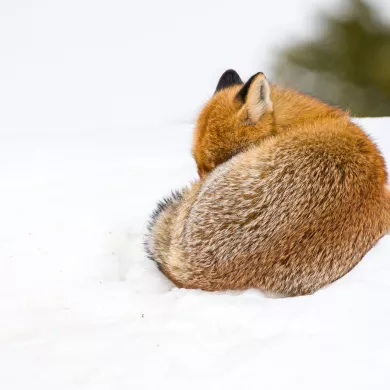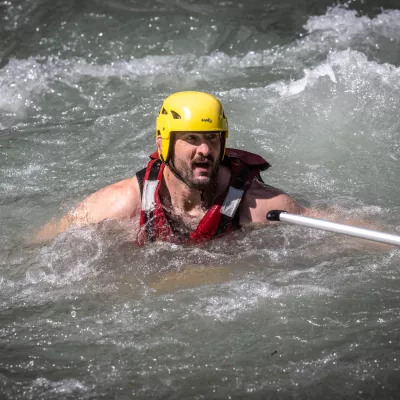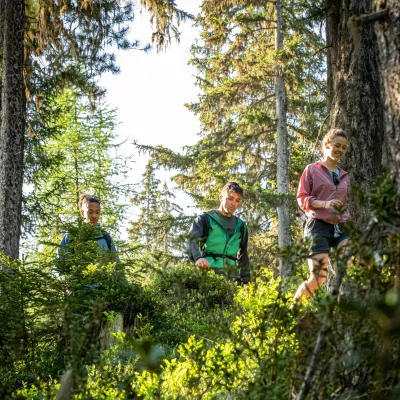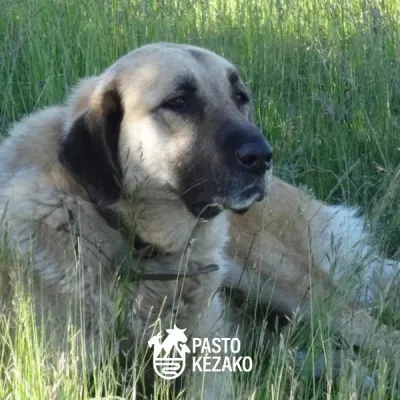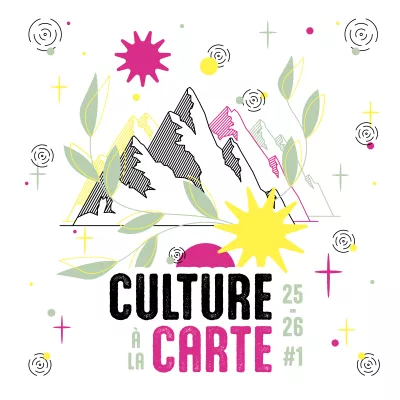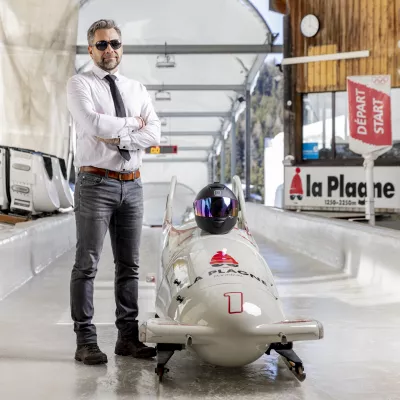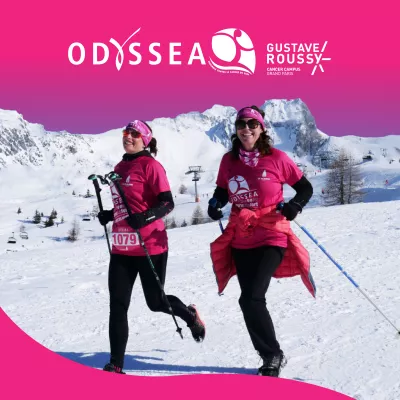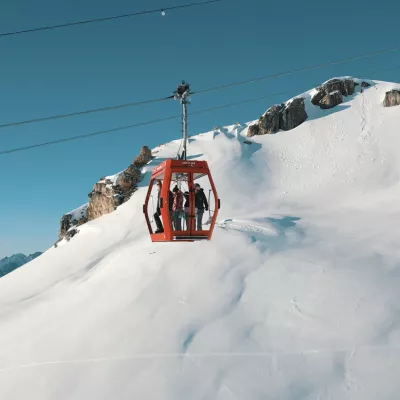You know the landscapes of La Plagne by heart... but are you sure you know everything about the animals that inhabit its mountain pastures and forests? And about the plants, big and small, that grow at all altitudes? Start by answering the six questions below: they should whet your curiosity and inspire you to learn a little more about the flora... and mountain fauna that lurk there!
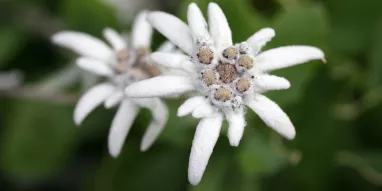
Edelweiss is a protected species: true or false?
TRUE! The best-known mountain flower, with its characteristic star shape, is a partially protected species. Picking it is forbidden in many parts of France and around the world(including the whole of Savoie), on pain of a fine.
Other protected species you're likely to see on your walks in La Plagne throughout the year include the martagon lily, cyclamen, shining cinquefoil and dog's tooth erythrone. To be touched with the eyes only!
The picking of genepi, daffodil, holly, spring snowflower, carnations and gentian is also regulated and limited to a certain number of sprigs per day and per person (varying according to species).
🌼Tofind out more: the flora of the Vanoise National Park (picking forbidden, of course 😉)
In winter, all animals hibernate: true or false?
FALSE! Some mountain fauna stay awake in summer and winter, so they have to develop strategies to limit their energy expenditure and blend in with the landscape.
The rock ptarmigan, for example, loves sub-zero temperatures. In fact, it's on the coldest slopes that it digs out fresh snow to build itself an igloo, close to windy ridges. The plumage of this "snow partridge", grey-brown in summer, turns immaculate white when the first snowflakes arrive to escape the gaze of its predators.
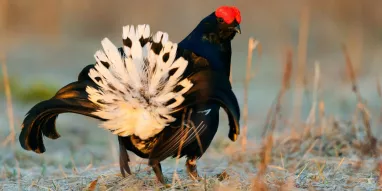
The black grouse, more frigid (and more conspicuous with its black-blue plumage for males, or brown for females), only leaves its igloo briefly during the day to feed.
Winter is not kind to the chamois either, when food is scarce and moving around is made difficult by the thick blanket of snow.
It's easy to understand why it's so important to remain very discreet during freeride or ski touring sessions (let's not panic animals incapable of fleeing without expending considerable energy), and to avoid areas where ptarmigan and black grouse are likely to have dug a home in the powder.
🐰 F ind out more about the fauna of the Vanoise National Park.
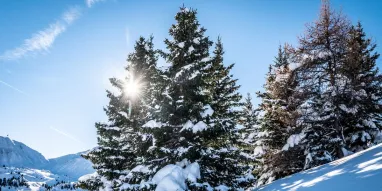
Trees don't grow at high altitude: true or false?
TRUE! However, the altitude at which trees can no longer be seen varies according to climate (sub-polar regions, tropical regions) and within the same mountain range. This is mainly due to the temperature during the tree's vegetation period (roots can't develop if it's too cold).
Here's a figure to remember: at La Plagne, the forest limit has risen by around 60 metres since 1952, and is set to gain a further 40 metres by 2050 (i.e. around 100 metres in 100 years). Global warming therefore has a direct influence on the development of the forest (and on its two-, four-, six- or more-legged inhabitants, who have to gain altitude to regain temperatures suited to their physiology).
Almost half of the 289 animal species observed in La Plagne are butterflies: true or false?
TRUE! The Environmental Observatory of the La Plagne ski area, created in 2014, has inventoried 289 species of fauna on the territory, 46% of which are butterflies (35% birds, 6% land mammals, 6% bats, 5% dragonflies...). Discreet little creatures, but very present!
The La Plagne lift company works hand in hand with ecologists: true or false?
TRUE! Ecologists scrutinize areas where development projects are planned (e.g. widening a ski run) before any shovels are turned.
If, for example, Solitaire butterfly eggs or caterpillars are observed, they are moved to areas outside the perimeter of the worksite where they will thrive. The host plants on which the butterflies lay their eggs (in this case, the marsh cranberry) are also replanted a little further away to maintain an equivalent "habitable" surface after the work.
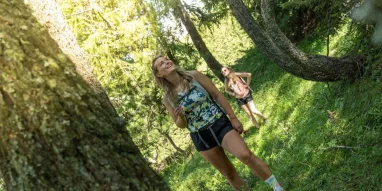
The gypsum cembra exists thanks to a dizzy bird
TRUE! It's a rather poetic way of putting it, but it's thanks to the poor memory of the speckled nutcracker that La Plagne's cembro pine forest continues to thrive.
This farsighted bird extracts and hides hundreds of pine seeds to build up its winter food reserves. Unfortunately for him (and fortunately for the forest), he can't remember all his hiding places...
When the conditions are right, the seeds begin to germinate. Soon, the trees will grow... and offer this linnethead's descendants new cones to explore with their long beaks! The circle is complete 😉
✨ Going further:
Discover the educational itineraries on flora and fauna.
👀 Read the article: Hiking in the forest: 5 good practices to pass on to your children.
👀 Read the article: Cembraie sur gypse, miracle of nature

